Andean and Alpine Lakes Project
Andean and alpine communities in Latin America are among the most vulnerable when it comes to the impacts of climatic changes on freshwater resources. With growing human population and expanding agriculture in these regions, climate change will, without a doubt, exacerbate water quality and quantity problems, affecting tens of millions of people and potentially causing conflicts between competing users. Warming in the Andes is occurring at a rate nearly twice the global average and has already affected phenology, glaciology, and other ecosystem changes. However, the effects of climate change on Andean lakes remain largely unknown despite their importance to sustaining human life by supplying water for consumption, agriculture, fisheries and power generation and to biodiversity of the region. The over-arching objective of our Andean research is to assess the impacts of recent climatic changes on lakes. Recently, we have done comparitive research in Costa Rica.
To date, our research program includes three primary field sites, all of which are lake-rich regions of societal and cultural importance.
1) Cajas National Park located in the southern Sierra of Ecuador. The park is home to over 200 remote and relatively pristine, lakes which are of high conservation value as they are the source for ~60% of the drinking water to Cuenca, the country’s third largest city. 2) The Cordillera Vilcanota in southern Peru, specifically the area near Laguna Sibinacocha and the Quelccaya Ice Cap. The Laguna Sibinacocha watershed is one of the primary headwaters for the Amazon River, and the lake itself is used in the generation of hydroelectric power. At an elevation of 4,873 m asl and stretching over 15 km long and nearly 3 km wide, Laguna Sibinacocha is one of the largest high alpine lakes in the world. 3) Chirripó National Park in Costa Rica is a lake-rich region containing several lakes that supplies water to downstream communities. This northern hemisphere study makes a valuable comparison to the Andes work with some surprising results. Our results qualify these regional lakes as "heritage lakes", a term describing rare aquatic ecosystems in a near pristine state.

 |
 |
 |
|
Laguna Toreadora in Cajas National Park. Paleolimnological data show unprecedented diatom shifts within the past century that can be related to climatic changes of recent decades (Michelutti et al 2015, PLoS ONE). |
Laguna Fondo Cocha in Cajas National Park. Throughout the equatorial Andes, most lakes have traditionally been characterized by waters that circulate continuously, with only rare episodes of stratification. However, this categorization has scarcely been challenged in light of accelerated regional warming that has occurred over the past 30 years. Recent temperature probe data collected over one calendar year show that protracted periods of thermal stratification are presently the norm, not the exception, in equatorial mountain lakes. |
Lake coring at over 5000 m asl. The Quelccaya Ice Cap, seen in the upper left background, is located only 3 km away. |
|
|
|
 |
| Preparing to core a small lake at about 4000m in Cajas National Park, Ecuador 2015. Photo by Chris Grooms. | Preparing to core a large lake at about 4950m in the Cordillera Vilcanota of Peru, September 2015. Photo by N. Michelutti. | Core taken from a large lake in the Cordillera Vilcanota of Peru. Photo by N. Michelutti. |
 |
 |
 |
| Shot taken from the head of a bay of Lake Sibinacocha in the Cordillera Vilcanota of Peru. Photo by N. Michelutti. | The wild camelid, vicuña, of the high Andes, Peru. | The Cordillera Vilcanota contains the largest of all tropical glaciers. The Quelccaya Ice Cap (QIC), is pictured above with alpacas grazing in the foreground. The QIC has been extensively studied in the context of climate-glacier dynamics since the 1970s. There are several lakes located near the QIC at elevations near and above 5000m asl that would allow for comparisons between ice core and lake sediment records of environmental change. |
 | Google Earth Engine imagery of the Sibinacocha study area. | Lago Chirripó, Chirripó National Park (Costa Rica). |
Publications from this project:
Michelutti N, Labaj A, Grooms C, & Smol JP. 2016. Equatorial mountain lakes show extended periods of thermal stratification with recent climate change. J. Limnol., 2016; 75(2): 403-408 DOI: 10.4081/jlimnol.2015.1444.
Michelutti, N., Lemmen JL, Cooke CA, Hobbs WO, Wolfe AP, Kurek J, & Smol JP (2016) Assessing the effects of climate and volcanism on diatom and chironomid assemblages in an Andean lake near Quito, Ecuador. J Limnol., 2016; 75(2): 275-286 DOI: 10.4081/jlimnol.2015.1323.
Michelutti, N., Sowell, P., Tapia, P., Grooms, C., Polo, M., Sponza, A., Ausejo, C., and Smol, J.P. 2019. A pre-Inca pot from underwater ruins discovered in an Andean lake provides a sedimentary record of marked hydrological change. Scientific Reports 9:19193 | https://doi.org/10.1038/s41598-019-55422-1
Giles, M.P., Michelutti, N., Grooms, C., and Smol, J.P. 2018. Long-term limnological changes in the Ecuadorian páramo: Comparing the ecological responses to climate warming of shallow versus deep lakes. Freshwater Biology 63: 1316-1325. DOI: 10.1111/fwb.13159.
Michelutti, N., Tapia, P.M., Labaj, A.L., Grooms, C., and Smol, J.P. 2019. A limnological assessment of the diverse waterscape in the Cordillera Vilcanota, Peruvian Andes. Inland Waters 9: 395–407.
Labaj, A.L., Michelutti, N., and Smol, J.P. 2018. Annual stratification patterns in tropical high mountain lakes. Fundamental and Applied Limnology 191: 267-275. DOI: 10.1127/fal/2018/1151.
Michelutti, N., Tapia, P.M., Grooms, C., Labaj, A., Smol, J.P. 2020. Differing limnological responses to late Holocene climate variability in the Cordillera Vilcanota, Peruvian Andes. J Paleolimnol . https://doi.org/10.1007/s10933-020-00127-z.
Neal Michelutti, Carsten Meyer-Jacob, Christopher Grooms, Gerardo Umaña-Villalobos, Sally P. Horn & John P. Smol (2025) Long-term ecological stability in high mountain lakes of Costa Rica, Inland Waters, 15:1, 1-17, DOI: 10.1080/20442041.2025.2497249.
Links to media coverage of this work:

|